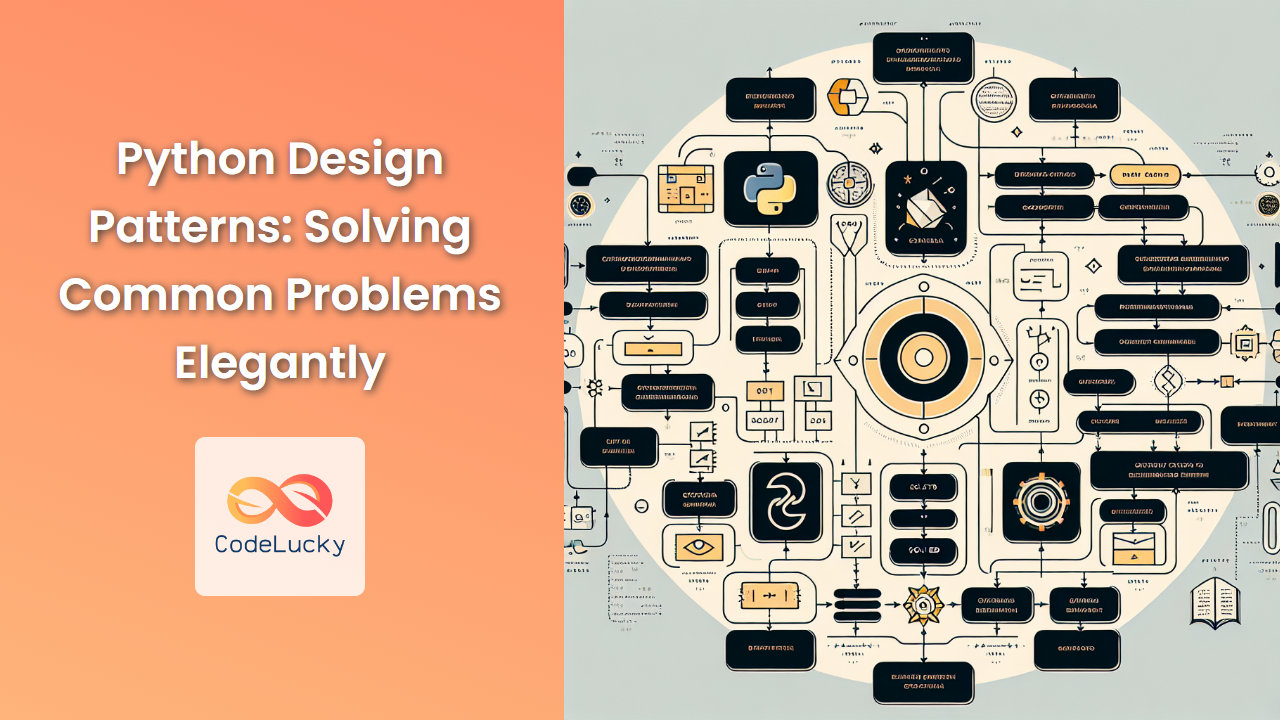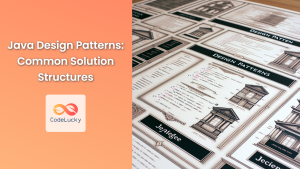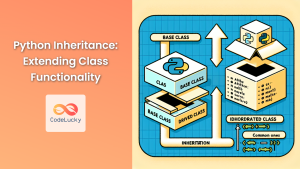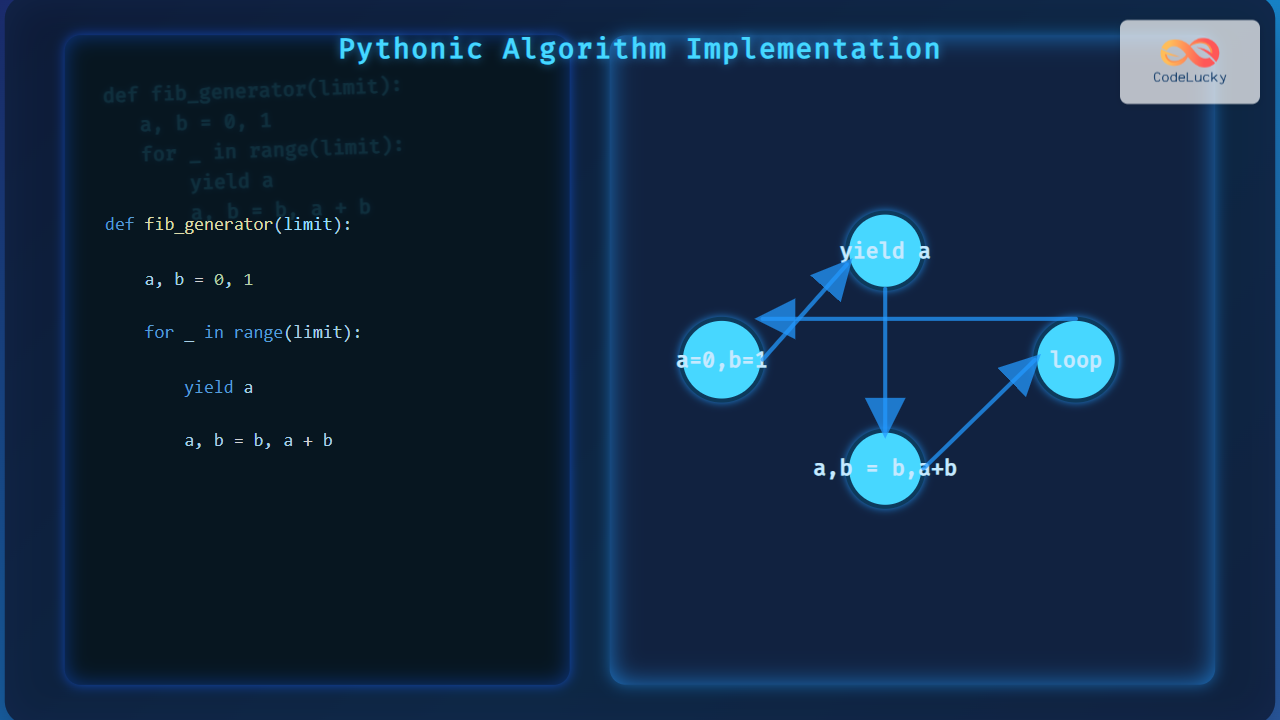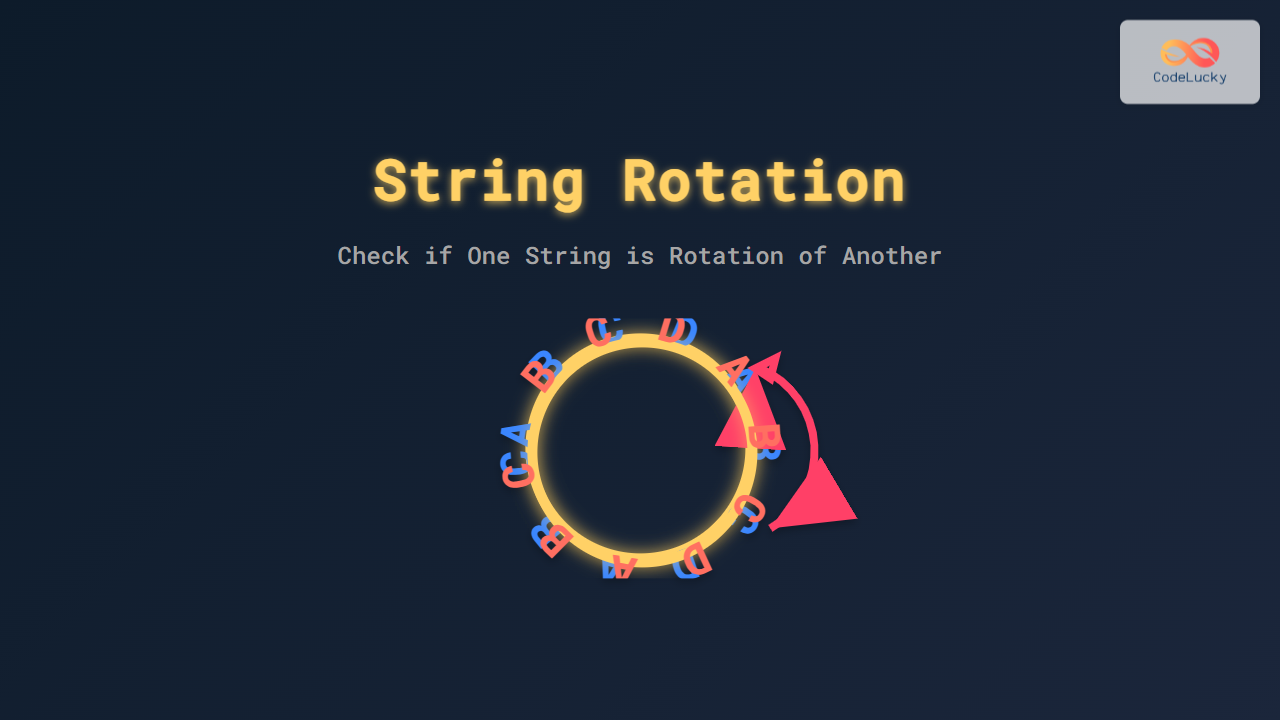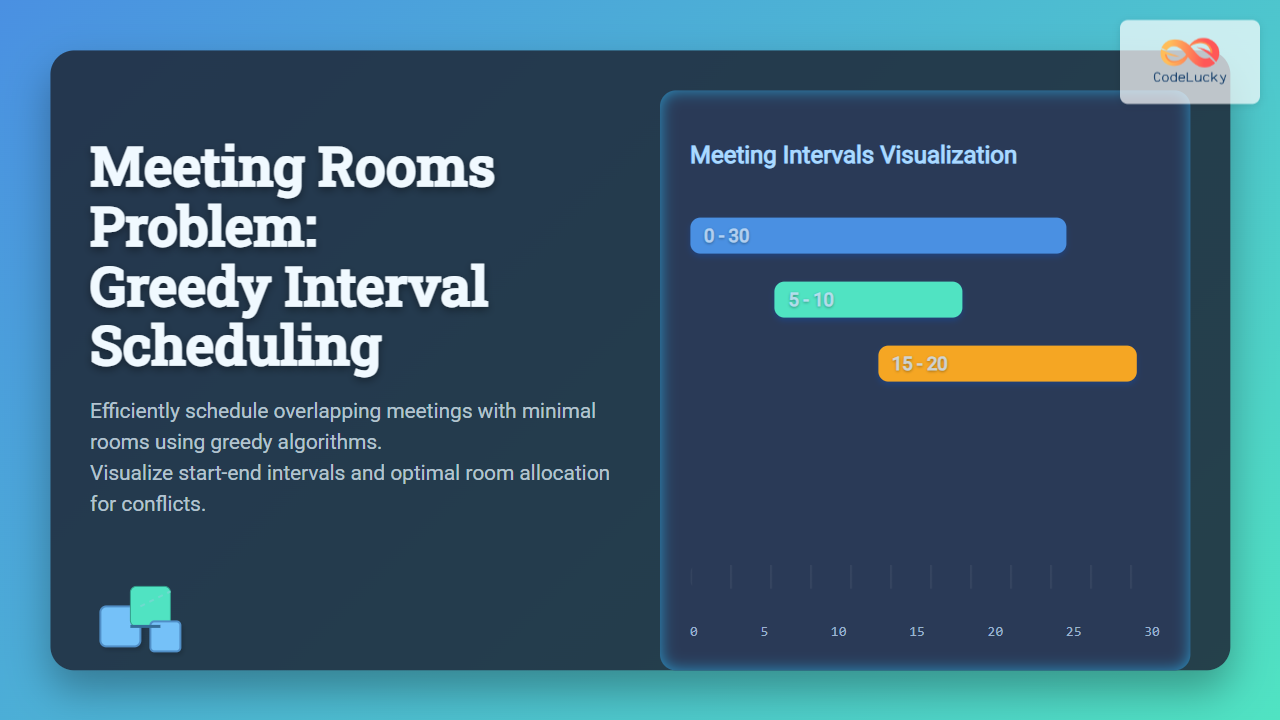Design patterns are tried-and-true solutions to recurring problems in software design. They provide a structured approach to solving issues that arise during development, making your code more efficient, maintainable, and scalable. In this comprehensive guide, we'll explore various design patterns in Python, demonstrating how they can elegantly solve common programming challenges.
Creational Patterns
Creational patterns focus on object creation mechanisms, providing flexibility in what gets created, who creates it, how it's created, and when.
Singleton Pattern
The Singleton pattern ensures a class has only one instance and provides a global point of access to it. This is useful for managing shared resources or coordinating actions across a system.
class Singleton:
_instance = None
def __new__(cls):
if cls._instance is None:
cls._instance = super().__new__(cls)
return cls._instance
def some_business_logic(self):
pass
# Usage
s1 = Singleton()
s2 = Singleton()
print(s1 is s2) # Output: True
In this example, __new__ is overridden to ensure only one instance is created. Subsequent calls to Singleton() return the same instance.
🔑 Key Benefit: Ensures a single point of control for resources that should not be duplicated.
Factory Method Pattern
The Factory Method pattern provides an interface for creating objects in a superclass, allowing subclasses to alter the type of objects that will be created.
from abc import ABC, abstractmethod
class Animal(ABC):
@abstractmethod
def speak(self):
pass
class Dog(Animal):
def speak(self):
return "Woof!"
class Cat(Animal):
def speak(self):
return "Meow!"
class AnimalFactory:
def create_animal(self, animal_type):
if animal_type == "dog":
return Dog()
elif animal_type == "cat":
return Cat()
else:
raise ValueError("Unknown animal type")
# Usage
factory = AnimalFactory()
dog = factory.create_animal("dog")
cat = factory.create_animal("cat")
print(dog.speak()) # Output: Woof!
print(cat.speak()) # Output: Meow!
This pattern allows for easy extension. If we want to add a new animal, we simply create a new class and update the factory method.
🔧 Key Benefit: Provides flexibility in object creation without tightly coupling the creator to specific classes.
Structural Patterns
Structural patterns deal with object composition, creating relationships between objects to form larger structures.
Adapter Pattern
The Adapter pattern allows objects with incompatible interfaces to collaborate. It's particularly useful when integrating new systems with existing ones.
class OldSystem:
def old_request(self):
return "Old system response"
class NewSystem:
def new_request(self):
return "New system response"
class Adapter(OldSystem):
def __init__(self, new_system):
self.new_system = new_system
def old_request(self):
return f"Adapter: {self.new_system.new_request()}"
# Usage
old_system = OldSystem()
new_system = NewSystem()
adapter = Adapter(new_system)
print(old_system.old_request()) # Output: Old system response
print(adapter.old_request()) # Output: Adapter: New system response
Here, the Adapter allows the new system to be used where the old system is expected, without changing the interface.
🔄 Key Benefit: Enables collaboration between objects with incompatible interfaces.
Decorator Pattern
The Decorator pattern allows behavior to be added to individual objects, either statically or dynamically, without affecting the behavior of other objects from the same class.
class Coffee:
def cost(self):
return 5
class MilkDecorator:
def __init__(self, coffee):
self._coffee = coffee
def cost(self):
return self._coffee.cost() + 2
class SugarDecorator:
def __init__(self, coffee):
self._coffee = coffee
def cost(self):
return self._coffee.cost() + 1
# Usage
simple_coffee = Coffee()
milk_coffee = MilkDecorator(simple_coffee)
sweet_milk_coffee = SugarDecorator(milk_coffee)
print(f"Simple Coffee Cost: ${simple_coffee.cost()}")
print(f"Milk Coffee Cost: ${milk_coffee.cost()}")
print(f"Sweet Milk Coffee Cost: ${sweet_milk_coffee.cost()}")
This pattern allows for flexible addition of features to objects without altering their structure.
🎨 Key Benefit: Provides a flexible alternative to subclassing for extending functionality.
Behavioral Patterns
Behavioral patterns are concerned with algorithms and the assignment of responsibilities between objects.
Observer Pattern
The Observer pattern defines a one-to-many dependency between objects so that when one object changes state, all its dependents are notified and updated automatically.
class Subject:
def __init__(self):
self._observers = []
self._state = None
def attach(self, observer):
self._observers.append(observer)
def detach(self, observer):
self._observers.remove(observer)
def notify(self):
for observer in self._observers:
observer.update(self._state)
def set_state(self, state):
self._state = state
self.notify()
class Observer:
def update(self, state):
pass
class ConcreteObserver(Observer):
def update(self, state):
print(f"Observer: My new state is {state}")
# Usage
subject = Subject()
observer1 = ConcreteObserver()
observer2 = ConcreteObserver()
subject.attach(observer1)
subject.attach(observer2)
subject.set_state("New State")
This pattern is useful for implementing distributed event handling systems.
👀 Key Benefit: Establishes a system of subscribers that get notified of any state changes in the publisher object.
Strategy Pattern
The Strategy pattern defines a family of algorithms, encapsulates each one, and makes them interchangeable. It lets the algorithm vary independently from clients that use it.
from abc import ABC, abstractmethod
class SortStrategy(ABC):
@abstractmethod
def sort(self, data):
pass
class BubbleSort(SortStrategy):
def sort(self, data):
print("Sorting using bubble sort")
return sorted(data)
class QuickSort(SortStrategy):
def sort(self, data):
print("Sorting using quick sort")
return sorted(data)
class Sorter:
def __init__(self, sort_strategy):
self._sort_strategy = sort_strategy
def sort(self, data):
return self._sort_strategy.sort(data)
# Usage
data = [3, 1, 4, 1, 5, 9, 2, 6, 5, 3, 5]
sorter = Sorter(BubbleSort())
print(sorter.sort(data))
sorter = Sorter(QuickSort())
print(sorter.sort(data))
This pattern allows the sorting algorithm to be selected at runtime.
🔀 Key Benefit: Enables selecting an algorithm's implementation at runtime.
Conclusion
Design patterns are powerful tools in a developer's arsenal. They provide elegant solutions to common problems, improve code readability, and make systems more flexible and maintainable. However, it's important to remember that design patterns should be used judiciously. Overuse or misuse can lead to unnecessarily complicated code.
In this article, we've explored several key design patterns and their implementation in Python. Each pattern serves a specific purpose:
- Singleton ensures a class has only one instance.
- Factory Method provides an interface for creating objects in a superclass.
- Adapter allows objects with incompatible interfaces to collaborate.
- Decorator adds new behaviors to objects dynamically.
- Observer establishes a subscription mechanism to notify multiple objects about events.
- Strategy defines a family of algorithms and makes them interchangeable.
By understanding and applying these patterns appropriately, you can write more robust, flexible, and maintainable Python code. Remember, the goal is not to use design patterns everywhere, but to recognize situations where they can provide significant benefits to your software design.
🚀 Pro Tip: Always consider the specific needs of your project before applying a design pattern. Sometimes, a simpler solution might be more appropriate.
As you continue your journey in Python development, keep exploring and practicing these patterns. They are invaluable tools that will help you solve complex problems with elegance and efficiency.

